China A Palace, half the Qing Dynasty is the most mentioned saying when describing the luxury of the Heshen Palace.
"Overwhelmed by the vastness" was the feeling of Minh Anh, an international student in Beijing, who visited the palace for the first time on a morning in mid-May with her friend and Chinese tour guide Tran Nhung.
Ho Than's residence was built in 1777, now called the Palace Museum, covering 60,000 square meters, like a miniature world with artificial mountains, lakes, and theater stages. Half of the area of the palace is used for landscapes and gardens. The main gate has two stone lions guarding it. "This is the largest residence in the Qing Dynasty (excluding the emperor's residence)," according to Visitbeijing , a website of the Information Center, Beijing Municipal Bureau of Culture and Tourism .
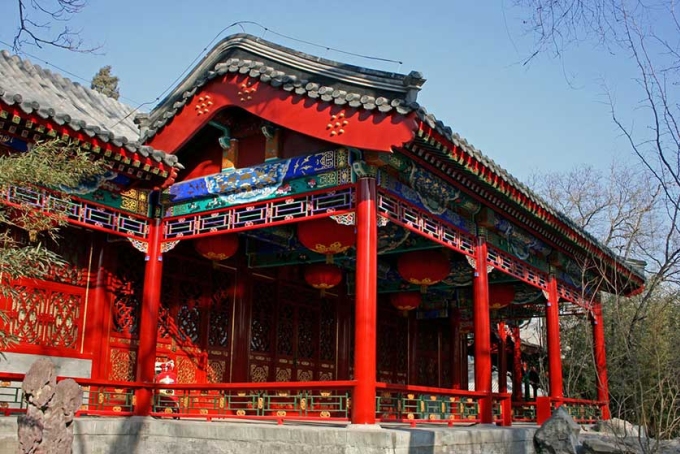
The vermilion-painted buildings in the palace. Photo: Beijing Visitor
In the fourth year of the Jiaqing era (1799), Ho Than was executed by the king and his mansion was confiscated. When the assets in Ho Than's mansion were searched, there were 800 million taels of silver. His total assets were equal to 15 years of the Qing Dynasty's national treasury. After that, the mansion belonged to many other nobles such as Prince Qingxi Yonglin (brother of Emperor Jiaqing) and Prince Gongzhong Yixin (brother of Emperor Xianfeng).
Hou Fang, a museum employee, said the Palace is one of the few Qing Dynasty imperial residences in Beijing that visitors can access. The others are either inhabited or in ruins. The palace underwent extensive government renovations starting in December 2005 at a cost of 200 million yuan (more than $28 million). The garden area behind it has been a tourist attraction since 1988. The new residence opened to the public in August 2008, with nearly 10,000 visitors on the first day, according to SCMP.
There are many attractions in the mansion, but the most prominent are The Western-style Gate, Grand Theatre Tower and Back Screen Buildings. The Western-style Gate is the main entrance to the garden, representing the owner's desire to "save the Qing Dynasty by learning Western culture and technology". The Grand Theatre Tower is where Ho Than and his family and friends watched plays, and is considered "the only closed opera house in China". The Back Screen Buildings are located at the junction of the residential area and the garden, consisting of 111 consecutive houses up to 180 meters long.
There are two lakes in the mansion. The large lake is where people used to row boats. The small lake is where fish are raised. According to the tour guide that Minh Anh met when she visited the mansion, the small lake is called Bat Lake, surrounded by elm trees. The Chinese consider elm trees to be a symbol of wealth, and bats in Chinese mean "luck". In the spring, the elm leaves fall into the lake, symbolizing that all the money in the world flows into Hoa Than's house.
Minh Anh was impressed by the pillars made from Kim To Nam Moc, a precious wood with a grain like golden silk, fragrant and mosquito-repellent, used to build royal palaces. According to Baidu , each of these wooden pillars is worth up to 2.7 billion yuan (more than 382 million USD). Hoa Than's room has four pillars made from this wood. Visitors are not allowed to enter this area, they can only look from the outside. However, Minh Anh still smelled the faint scent of the wood.
Minh Anh also said that a tour guide at the palace said that most of the furniture in the palace had been taken away for storage. The side rooms were empty, only a few main rooms displayed ancient artifacts.
According to tour guide Tran Nhung, the Ho Than mansion was the residence of the richest and most powerful people in the Qing Dynasty, and every detail has its own meaning. Nhung encourages international tourists to hire a tour guide when traveling on their own because "they know this place very well and tell very interesting stories related to Ho Than."
A small gate in Hoa Than palace.
Minh Anh likes Hoa Than Palace more than Forbidden City because it has many trees and is cool. Forbidden City does not have many trees because of fear of ambushes in the trees.
According to Minh Anh, to get to the Palace, visitors should take the subway because it is convenient and cheap. The Palace is located in the city center, No. 17 Hai Tay Street, Tay Thanh District. The train ticket price from the suburbs to this area is 7 yuan (1 USD). The entrance fee is 20 yuan (nearly 3 USD) for students and 40 yuan (nearly 6 USD) for adults. Visitors can buy tickets via wexin, find the Palace website to book tickets. After arriving, visitors bring their passports to the counter to exchange for a swipe ticket. You can buy directly at the counter, but Minh Anh recommends buying online because the line to buy on the spot is very long.
The Palace is open from 8am to 5pm, and stops accepting visitors from 4:30pm onwards. There are many shops selling food and souvenirs in the surrounding area. "Because it is a tourist destination, the taste of the food has become much more simple. Original Chinese food is very greasy and spicy, making it difficult for Vietnamese people to eat," Minh Anh said. A large bowl of noodles costs 30 yuan (more than 4 USD). Beijing yogurt is one of the dishes Minh Anh recommends trying.
In addition to the Palace, visitors should visit the Forbidden City, the Temple of Heaven, the Summer Palace (a park located in the west of the city), and the Yuanmingyuan (a complex of palaces and gardens).
Minh Anh felt satisfied because he had set foot in one of the places associated with famous figures in Chinese history and known to many Vietnamese people. "A Royal Palace, half of the Qing Dynasty is the phrase that Chinese friends tell me the most when mentioning this place. Only when you see it with your own eyes can you see all the luxury. This is a place worth visiting," Minh Anh said.
Phuong Anh Photo: MLB Chineses


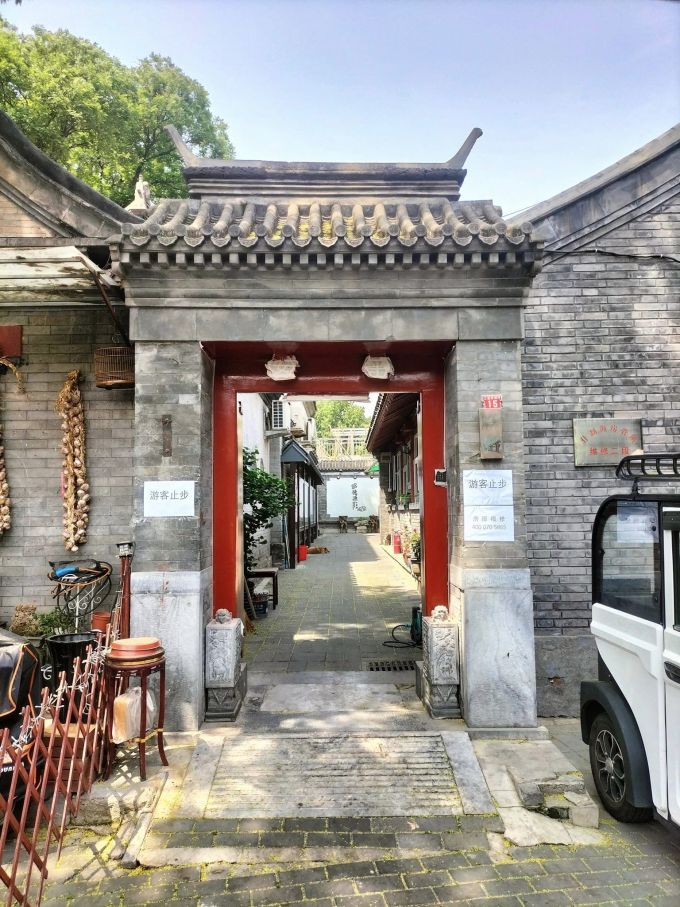

![[Photo] The 1st Congress of Phu Tho Provincial Party Committee, term 2025-2030](https://vphoto.vietnam.vn/thumb/1200x675/vietnam/resource/IMAGE/2025/9/30/1507da06216649bba8a1ce6251816820)
![[Photo] Solemn opening of the 12th Military Party Congress for the 2025-2030 term](https://vphoto.vietnam.vn/thumb/1200x675/vietnam/resource/IMAGE/2025/9/30/2cd383b3130d41a1a4b5ace0d5eb989d)
![[Photo] General Secretary To Lam receives US Ambassador to Vietnam Marc Knapper](https://vphoto.vietnam.vn/thumb/1200x675/vietnam/resource/IMAGE/2025/9/29/c8fd0761aa184da7814aee57d87c49b3)
![[Photo] General Secretary To Lam, Secretary of the Central Military Commission attends the 12th Party Congress of the Army](https://vphoto.vietnam.vn/thumb/1200x675/vietnam/resource/IMAGE/2025/9/30/9b63aaa37ddb472ead84e3870a8ae825)






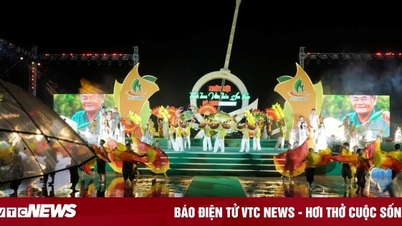

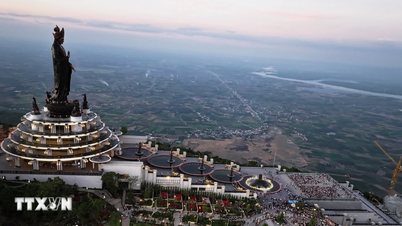





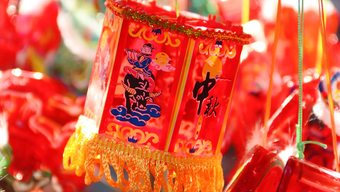






![[Photo] General Secretary To Lam attends the ceremony to celebrate the 80th anniversary of the post and telecommunications sector and the 66th anniversary of the science and technology sector.](https://vphoto.vietnam.vn/thumb/1200x675/vietnam/resource/IMAGE/2025/9/29/8e86b39b8fe44121a2b14a031f4cef46)





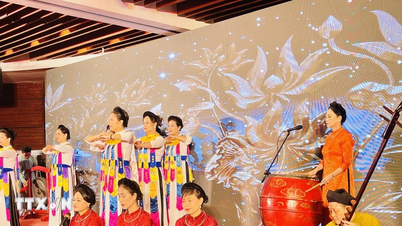



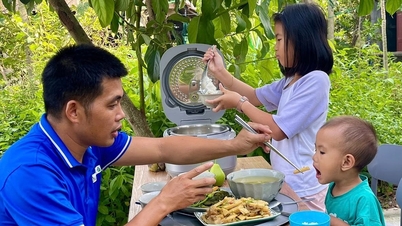
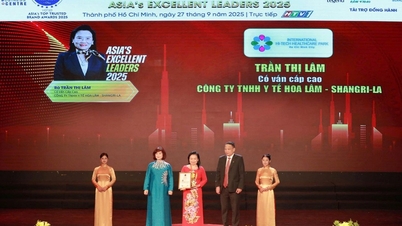

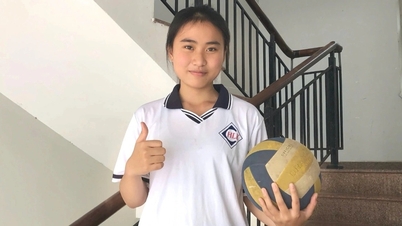
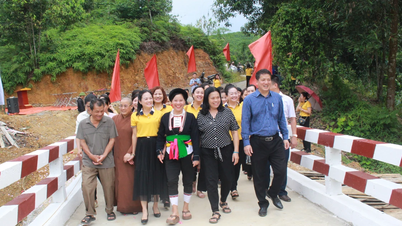



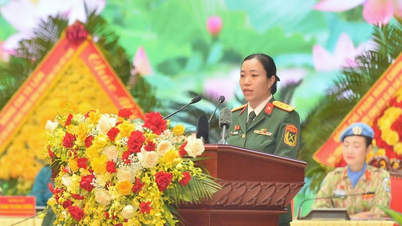


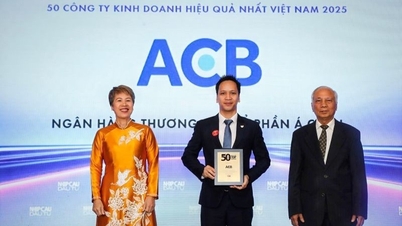
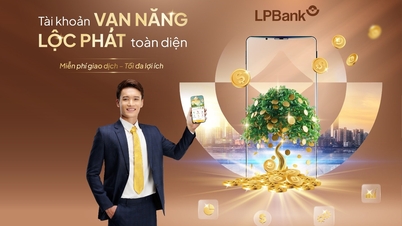

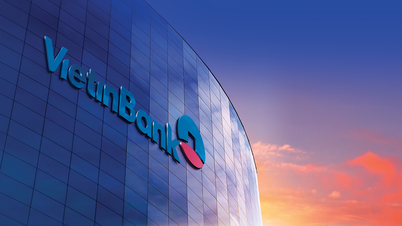
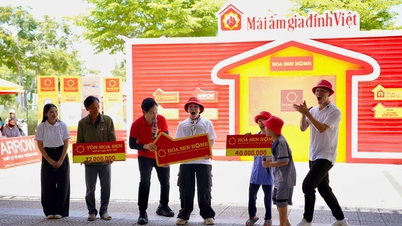

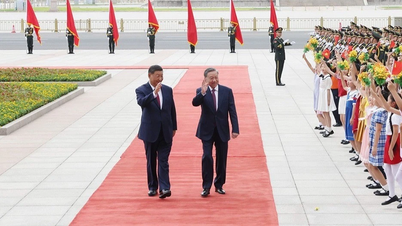
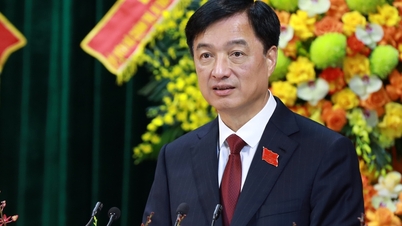
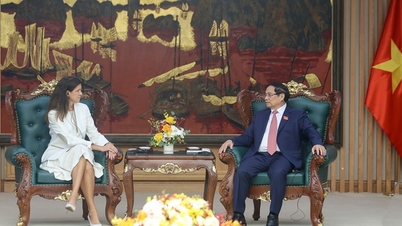

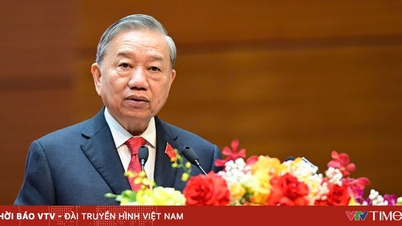

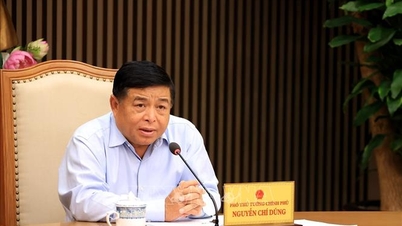



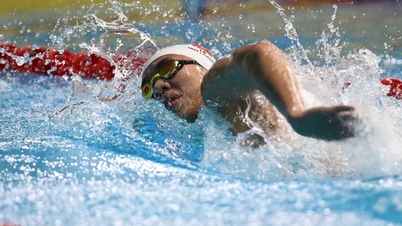

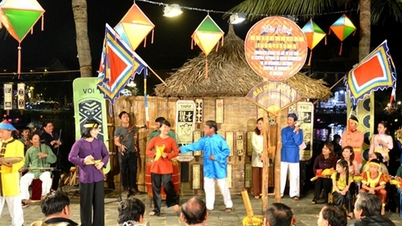


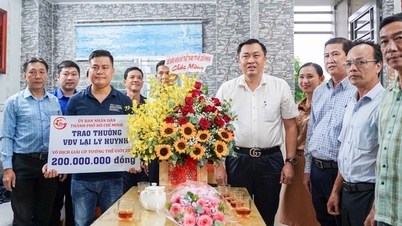
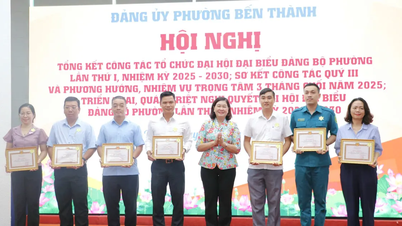
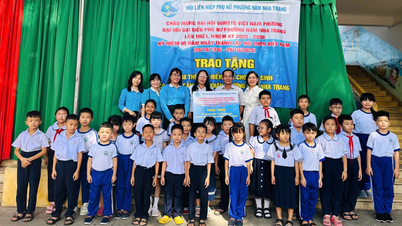

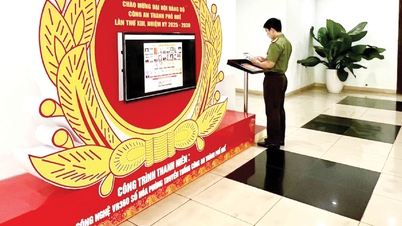

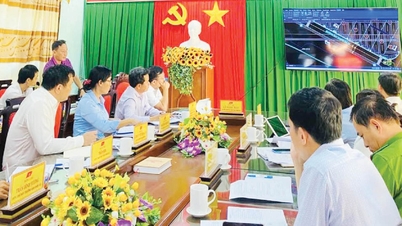
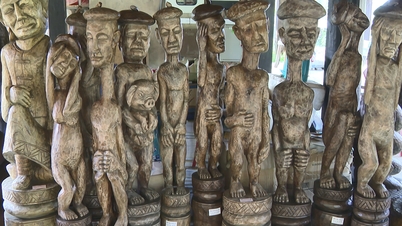

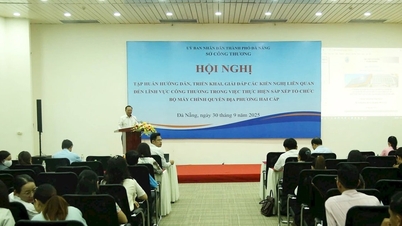







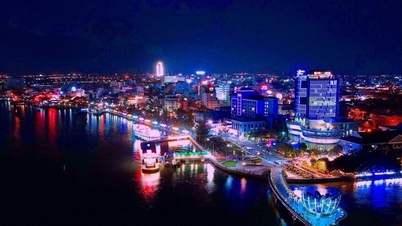







Comment (0)